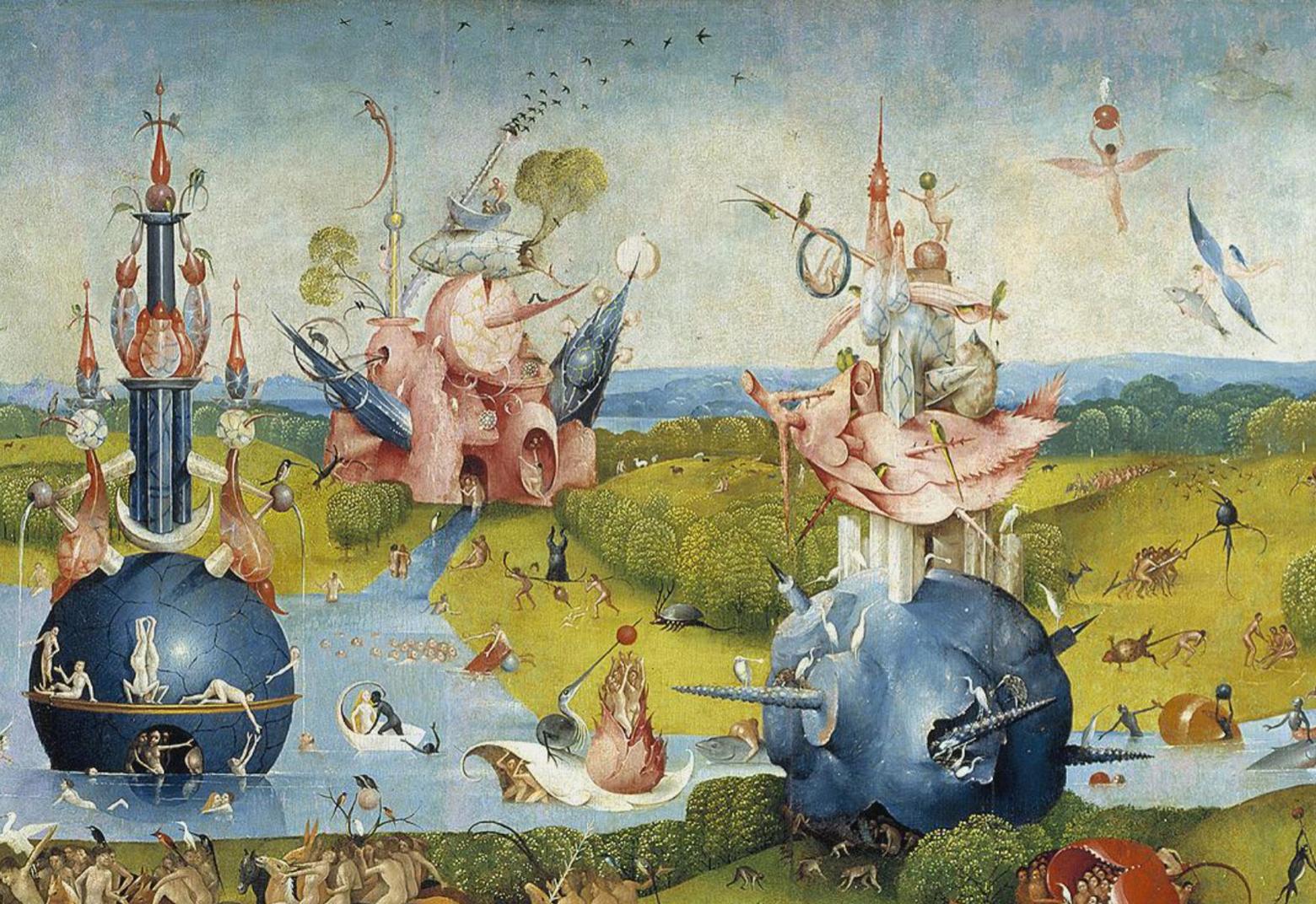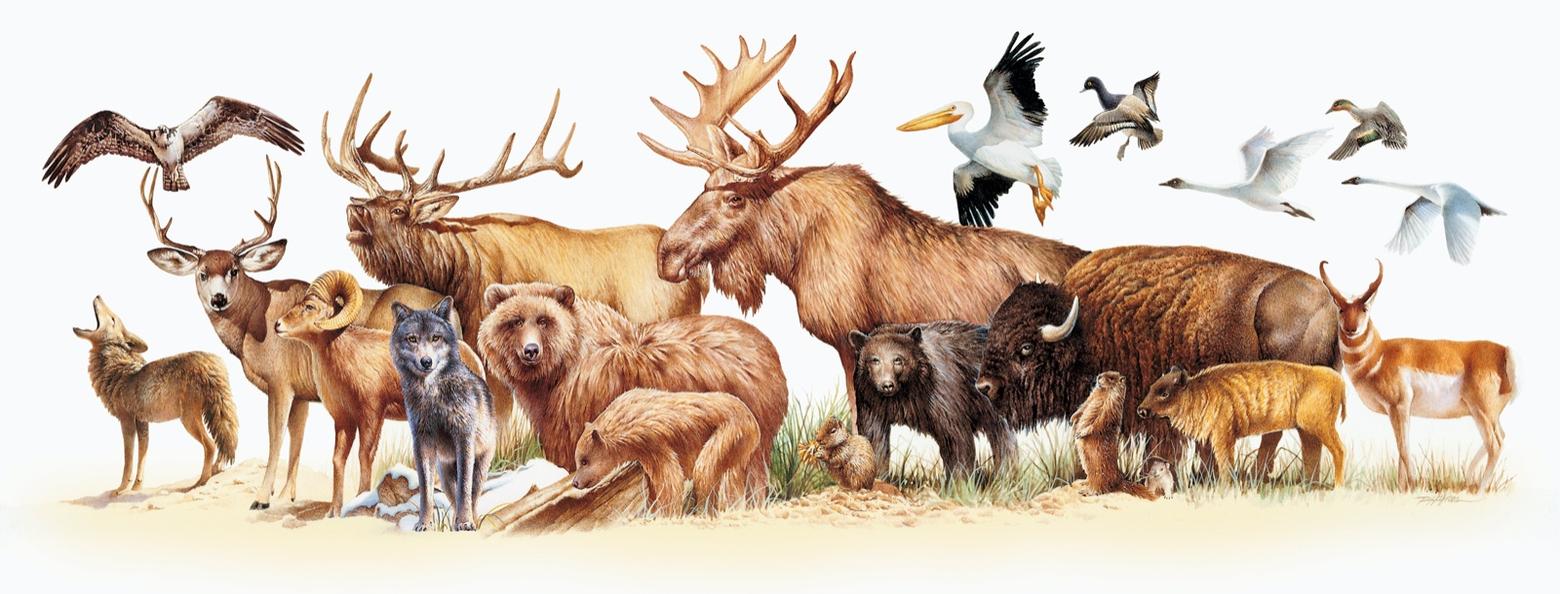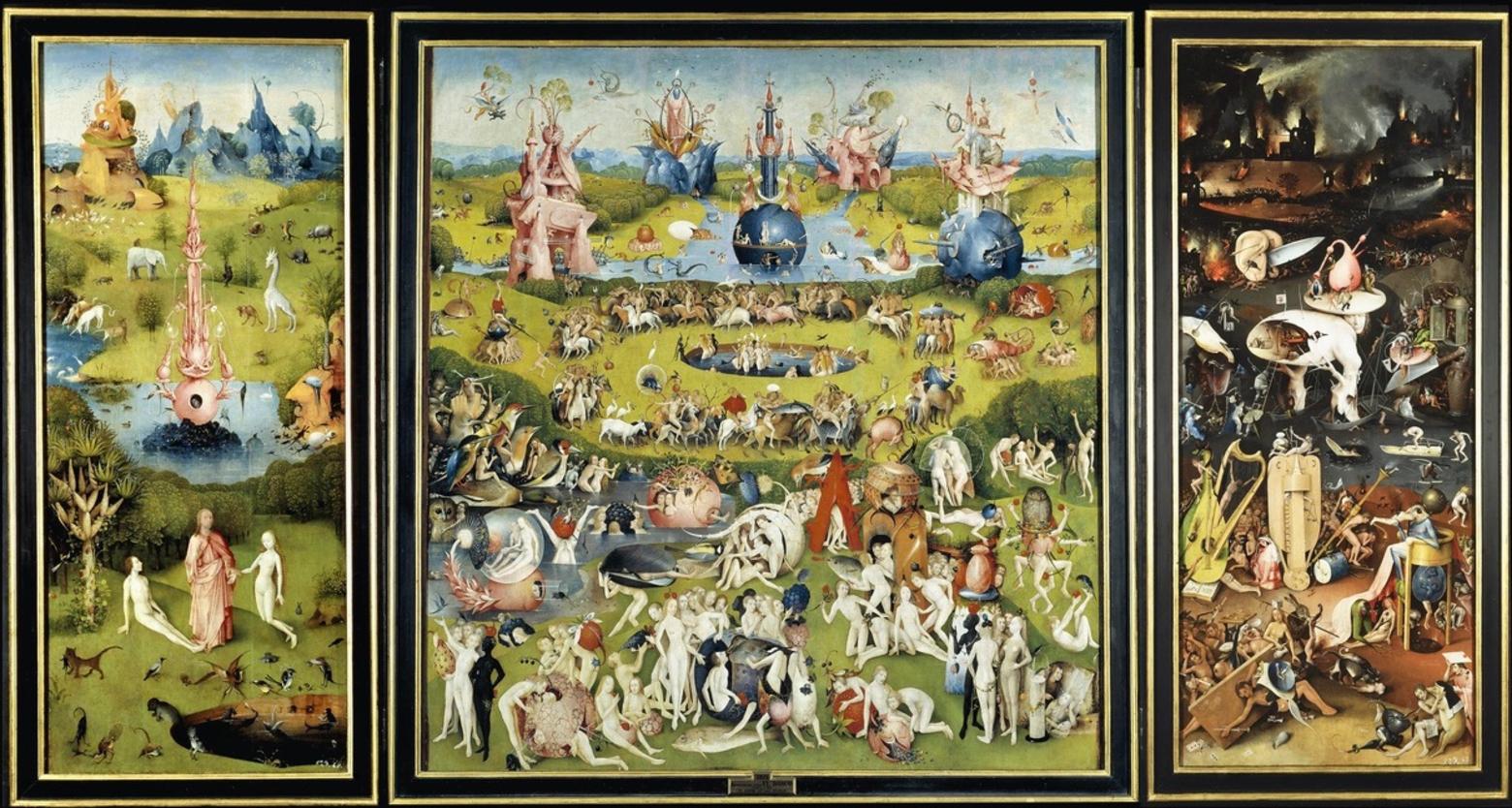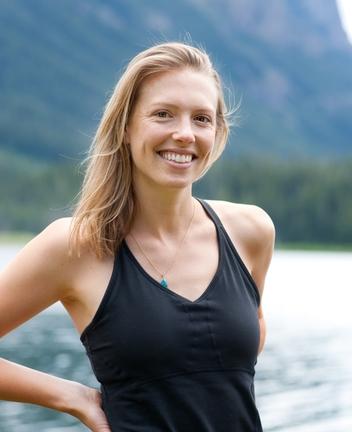Back to StoriesHow Do We Rejoin The Interconnected Community Of Nature?
April 6, 2020
How Do We Rejoin The Interconnected Community Of Nature?Naturalist turned new mom Katie Shepherd Christiansen says we ought to reflect on how we can treat wild country with more respect
We are in the middle of it. This is crunch time and an opportunity to discover new moments of truth.
The threat of the coronavirus is no longer across the ocean, in another state, another city. Covid-19 is here, in our community, on our doorstep.
How we assess the risk of the virus to ourselves and our community, and how isolation measures affect our ability to get on with basic life necessities, give rise to unique uncertainties and fears.
There are many very real and serious reasons to be frightened. For myself, my community, my family (I'm a new mother) and for the world, this is a dark time.
And yet we just passed the Spring Equinox. Here in the Northern Hemisphere, days are growing longer and we bask in the growing hours of sunlight granted by the Earth’s tilt and rotation.
In this time of darkness for the human race, nature gives us light. A warm, golden, silver lining.
I remain pragmatically hopeful in silver linings.
I’m looking for silver linings because when Dr. Jane Goodall tells you to do something, you do it. Dr. Goodall is a frequent visitor to the Greater Yellowstone Ecosystem and she sees its importance as a bellwether for assessing how Americans treat wild landscapes.
In recent interviews, she has encouraged that we seek silver linings during this truly horrendous time. She has found a silver lining in the “reactivated...discussion about animal trafficking" which has resulted in the decimation of species ranging from rhinos and tigers to pangolins and primates.
These conversations will lay the foundation for preventing the next animal-borne disease. A glimmer of hope as we consider how life will go on.
More small silver linings: social distancing is forcing our retreat from natural areas, giving wildlife and wildlands a much-needed breather.
Fewer cars on the roads and slowed manufacturing are causing declines in air pollution and greenhouse gas emissions.
But the silver lining of our time that brings me the greatest hope: the innumerable exemplary actions of individuals on behalf of their communities.
Community, and our responsibility to this group, have come into sharp focus as fear, illness, and death spread rapidly across global geopolitical and social spheres.
And what I have witnessed in our response to the pandemic is that many of us place high value on community and outcomes for the common good.
We isolate out of respect for what exists beyond the immediate self. We choose the common good through social distancing.
Our commitment to one another is keeping us home, alone. The commitment to community over self as instated in the social contract has largely held its ground.
Conventionally, we understand a community to be some connected human network—social, geographical, familial, cultural.
Community is inherently something beyond ourselves but to which we are intricately tied. Today we see that the health and wellbeing of our community is something for which we are willing to personally sacrifice.
For all the selfishness Homo sapiens display, it turns out we have a heart for our neighbors afterall.
Our crisis state requires untold individual sacrifices on behalf of the common good. While our attention is turned to this greater whole, I urge those of us in a privileged position where we may pause and reflect, to revisit our understanding of self and of nature.
Specifically: can we expand our idea of community to include non-human life? Can we extend our allegiance to the feathered, furred, scaled, and leaved? If we grant the same deference to the common good for a whole-nature community, where would that get us?
Can we expand our idea of community to include non-human life? Can we extend our allegiance to the feathered, furred, scaled, and leaved? If we grant the same deference to the common good for a whole-nature community, where would that get us?
I believe a new definition of community would make the world an immeasurably better, safer, and healthier place for all living things. I believe this is our moment in time to realign with nature on behalf of our common future.
I’ll admit: expanding our communal embrace is no small task. It requires reexamining our understanding of self, of community, and of nature. These are core concepts in our experience of the world. Opening ourselves to examining and resolving such perspectives—challenging the way we've been doing things, i.e. out old habits— is like open heart surgery of the soul.
But consider our alternative. Even a cursory look at the terrifying realities of our time—massive species die offs, unaddressed climate change poised to threaten the lives and wellbeing of billions of people and wild animals, and now, a global pandemic immediately poised to kill millions of people suggests that the assumptions we have made about ourselves and of nature urgently need some fine tuning.
For ideas on what a new perspective could look like, we might consider Aldo Leopold’s A Sand County Almanac. In his 1949 canonical conservation essay, Leopold presents the concept of this new “land community,” and suggests a litmus test for how to behave within this group: “A thing is right when it tends to preserve the integrity, stability, and beauty of the biotic community. It is wrong when it tends otherwise.”
Leopold speaks to something fundamental: identifying and uniting around a common good. Leopold’s common good outcome is achieved by reintegrating environmental and human communities, and making “right” decisions on behalf of the health of the collective whole.
This intertwined community health is a relevant topic for our times. The coronavirus is a case study in how our current misaligned understanding of Homo sapiens’ role within and over nature has dire consequences to the health of human communities. In short: a broken ecological community produced a pathogen that is now swifty taking human lives.
Environmental and human communities have always been intricately tied -- Homo sapiens are a product of co-evolution with all other species on earth. There is no distance between ourselves and nature. Environmental health is human health is my health.
These communities and their outcomes are one.
The land community is our true, comprehensive life network. To engage in nature respectfully is not only an act of respect towards non-human neighbors, but an act of self respect.
In her 2019 collection of essays, Erosion, environmental activist and writer Terry Tempest William presents the concept of a “Declaration of Interdependence” in which we “exercise our conscience and consciousness on behalf of all species.”
In her 2019 collection of essays, Erosion, environmental activist and writer Terry Tempest William presents the concept of a “Declaration of Interdependence” in which we “exercise our conscience and consciousness on behalf of all species'"
Homo sapiens have great influence and power over nature, which we wield inconsiderate of our own health – let alone the health of our wild neighbors – in support of other values.
Overwhelmingly, the value given highest regard in our society today is our endless mission to make more money.
We build roads and heavy-use trails through sensitive wilderness areas to make more money.
We drill for oil atop aquifers to make more money.
We clear cut ancient forests to plant monocultures and graze cows to make more money.
We deregulate polluters to make more money.
We resist mandating isolation measures during a pandemic to keep the stock market from falling to make more money.
We carelessly roar through the world displaying our singular, deciding concern: how do we make more money. In this process, human and ecological health and wellbeing, and even human lives, are devalued.
By contrast, a Declaration of Interdependence requires consideration of the vastness of life in all our actions as the first lens of understanding how we go about making decisions. It revalues health, wellbeing, and all life.
Land communities and Declarations of Interdependence should both be central to our new social contract. Land philosophers like Williams and Leopold, and Todd Burritt, Susan Clark, and the Muries of Moose, can help guide us in the journey of reforming our understanding of self and the world around us.
There will be a world after the virus. And there will be more viruses. If on the other side of this pandemic we wish to ensure continued health for human communities, we cannot get there without healthy wild communities.
To restore and maintain the integrity of the land community, we must commit to a collective vision in which we seek the common good as Leopold and Williams envision.
Soon we will return to wild places.
For myself, time in nature keeps the beat of my heart and inspires my work. For Williams, “[w]ilderness brings us back home to our bodies.” I imagine nature will provide solace for many like myself in the wake of the tragedies unfolding before us today.
But when we return to the trails, to the streams, to the forests, rock, sand, soil, and snow, my wish for all of us is that we may emerge with a refreshed sense of who we count as our community and how we can maintain land community health.
And let us bring to this land community the same commitment and deference we are so confidently demonstrating now.
Seeking the common good is our only hope for the future. The land community awaits.






